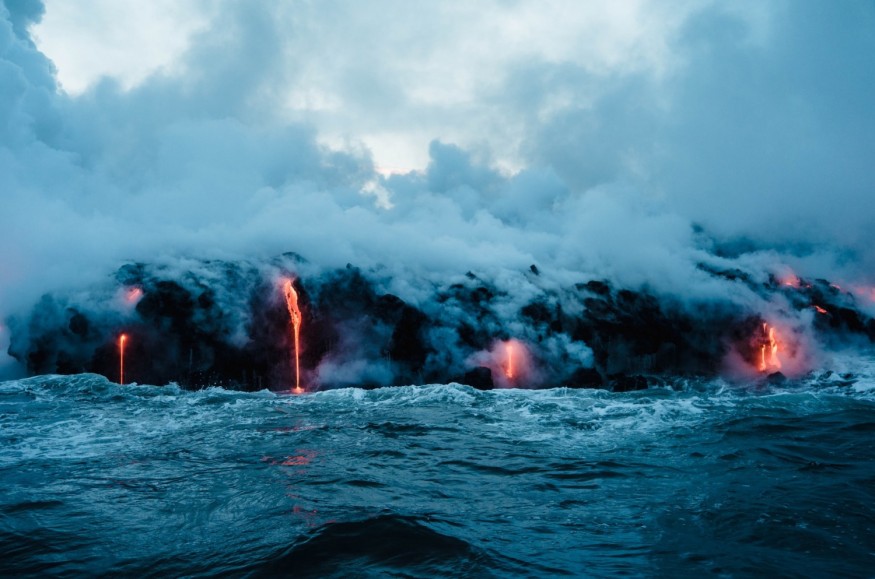About 200 million years ago, the supercontinent Pangea began to break away, giving birth to the Atlantic Ocean. Oceanic crust replaced the stretched and broken continental crust. Oceanic crust replaced the stretched and broken continental crust. According to recent findings, magmatism may have played a role in this process.
Contribution of Magma to the Birth of Atlantic Ocean
Scientists can examine the present-day eastern North American margin, where North America and the Atlantic Ocean meet, in order to better understand this rifting process. As a result of their composition, the crust and upper mantle reveal a lot about continental breakup's geological processes.
There are large portions of magma-rich igneous rock associated with the eastern portion of the North American margin, for example, which is located near the eastern US.
However, the margin offshore of Nova Scotia and Newfoundland contains magma-poor regions. Jian et al. created a high-resolution seismic model to examine the magma-poor Nova Scotia margin using an advanced data analysis approach, according to Phys.org.

Seismic waves acquired by 78 ocean bottom seismometers in response to pulses from an array of air weapons were analyzed using a method known as full-wave inversion by this team.
Researchers created a high-resolution velocity model from the seismic waveforms, which they then utilized to create a precise graphic showing how seismic waves were reflected at various locations and depths.
In light of these findings, Jian and colleagues were able to delineate multiple zones along the margin, each indicating a different stage in the rift's creation. They found evidence that a magmatic event occurred along the Nova Scotia edge during the final split of the continents. The thinning continental crust meets the oceanic crust at this point.
In a location off the coast of northeastern Nova Scotia, previously assumed to be amagmatic, these findings offer a different perspective. The findings support evidence that magmatism plays a role in the fracture of continents near magma-poor edges.
The Rifting of Continental Margins
During the breakup of Laurentia and Baltica in the Late Cretaceous, rifted continental borders may be underplanted with substantial volumes of mafic magma. Flood basaltic volcanism, intrusive magmatism, extension, uplift, and erosion combine to form rifted volcanic edges.
At least 75% of the rifted continental margins in the North Atlantic can be traced back to volcanism that occurred within the last 200 million years, as per Science Direct.
Pre- to syn-rift magmatism, the emergence of undersea seaward-dipping seismic reflectors, and up to 15 km of underplated mafic crust along and seaward of the rifting continental margin characterize the shift from continental flood basalt volcanism to ocean ridge volcanism.
How Rifted Volcanic Margins Evolve
An early flood basaltic volcanism up to 7 kilometers thick is found on the rifted margins, which includes both mafic and felsic components.
Volcanism that lasts shorter than 3 Myr is common in the most recent occurrences.
When looking at the surface to the Moho level, the typical rifted margin is made up of several wedges of seaward-dipping volcanic rocks that are intruded and stretched continental crust, and large volumes of rocks that are thought to be high-Mg gabbros.
Non-volcanic silt and sedimentary rocks are also found in the seaward-dipping seismic reflectors.
For more news, updates about the Atlantic Ocean and similar topics don't forget to follow Nature World News!
© 2025 NatureWorldNews.com All rights reserved. Do not reproduce without permission.





